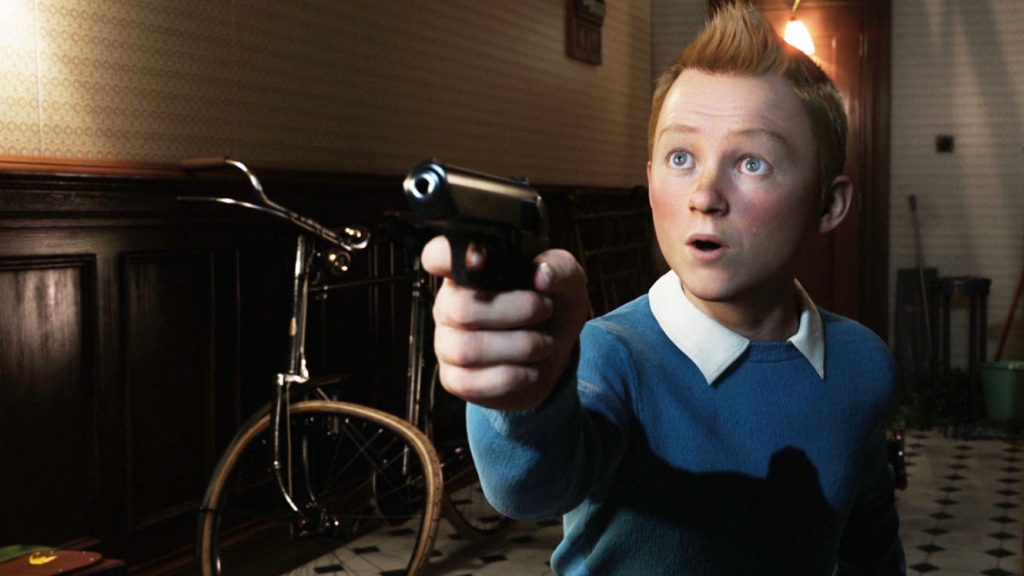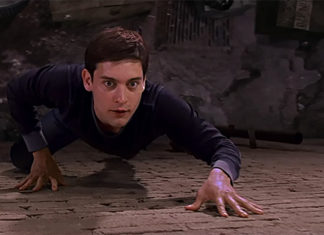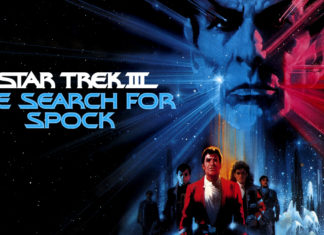Globe-trotting thieves and domestic terrorists! Gun fights and exploding vehicles! Death-defying escapes and a lone hero to stand against evil!
The plot of the next Die Hard movie?
No! I’m talking about The Adventures of Tintin, and the boyish hero made famous in a series of comic books by Belgian artist Georges Remi, under the pen name Hergé.
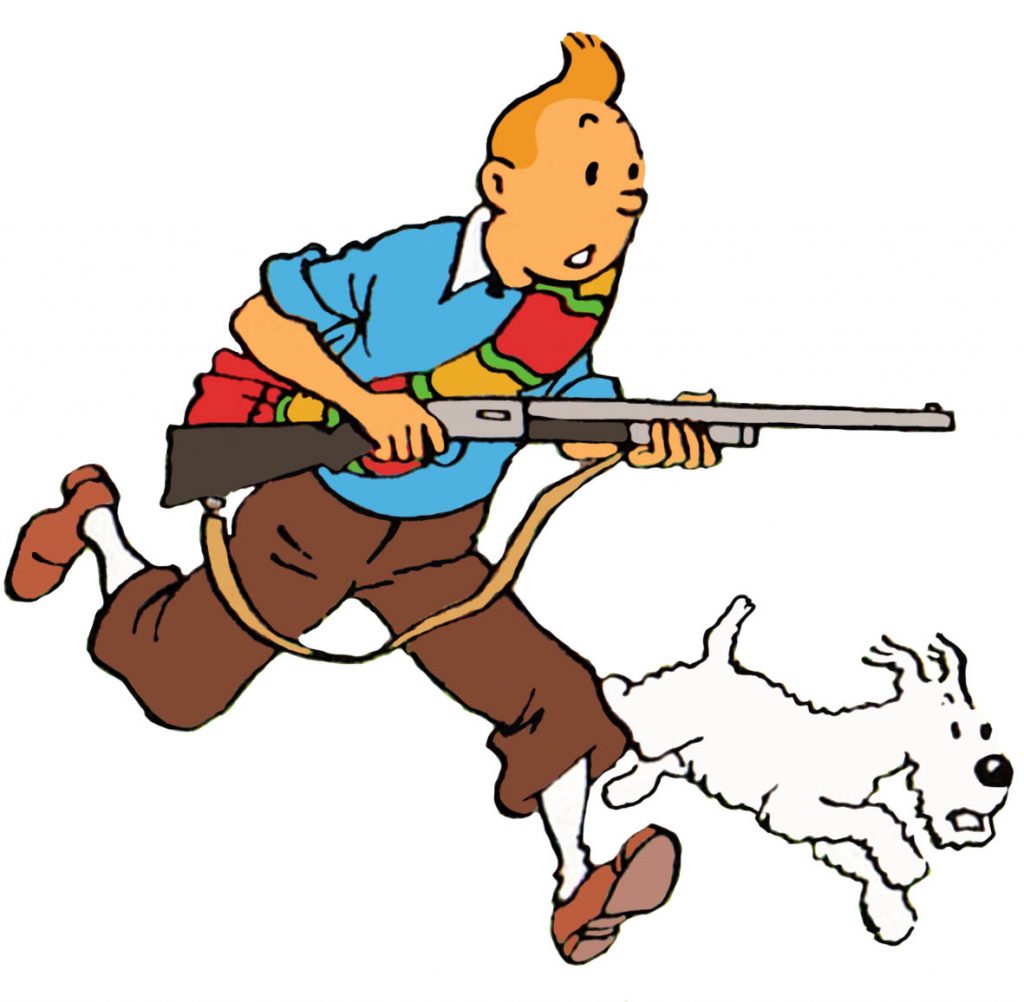
Where Do They Come Up With This Stuff?!
Georges Remi (Hergé) was born in Belgium in 1907. He traveled across Europe quite extensively during his youth and began drawing as a hobby, and his art was soon published, including the genesis of Tintin.
Hergé was a witness to the European conflict brought about by both World Wars and initially fled to France during the Nazi occupation of his homeland, before returning to live in Brussels before the end of the war.
Thereafter he faced massive legal trouble, as he was branded a traitor and Nazi collaborator. Up until this point, his Tintin series, as well as other works, were serialized in Belgian publications, but were now halted. After the war and his legal troubles, he was approached by a new magazine publisher and Tintin resumed publication in 1946.

I can only speculate about the effect that the real life events Hergé witnessed had on the artwork. However, it’s plain to see in the publication history that Tintin goes from being a simple reporter/sleuth to a daring hero dealing with arch-villains in the space of only a few books.
Ligne Claire (Lig-nee Clair-ee)
I can’t pretend to know much about differing styles of artwork, though I enjoy drawing and painting myself, but I do know what I appreciate and find fascinating.
In researching this article, I learned that Hergé was a pioneer of the ligne claire style of art. Strong lines, bold colors, and fine attention to depth and spacing seem to characterize this style and, in my opinion, it works beautifully.
Here is perhaps my favorite piece of cover art from the series. It’s not my favorite tale from the series but this artwork is stunning:
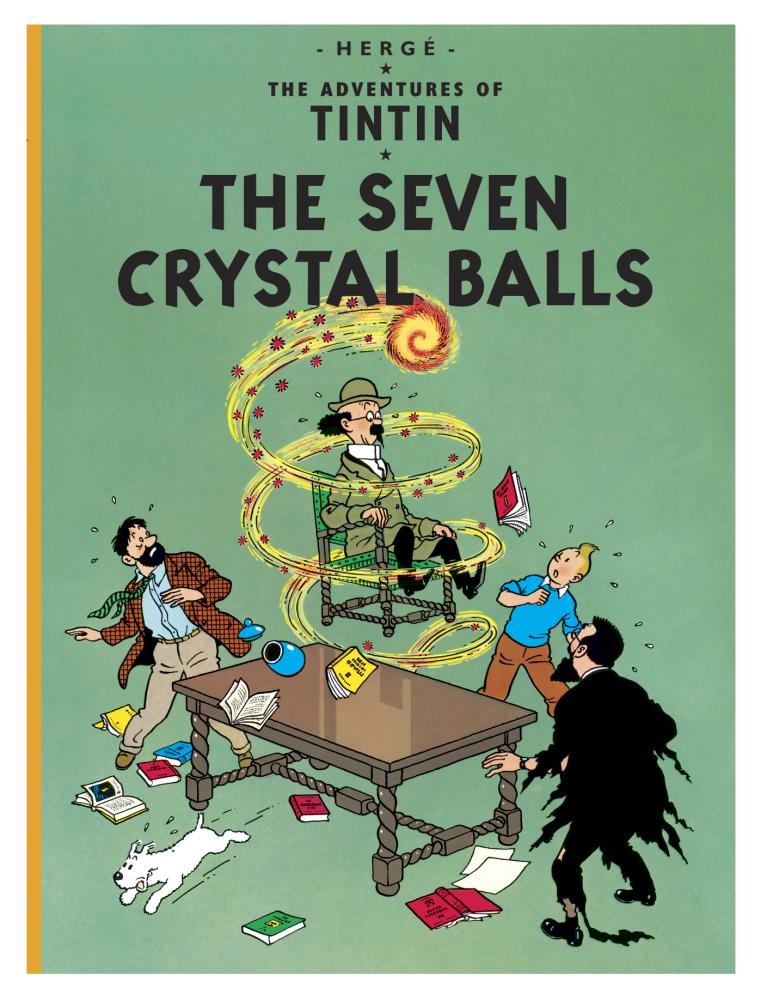
During early publications, Hergé was only allowed to use a few colors, necessitating far more creative solutions and simple-yet-beautiful drawings to convey action and motion in his work.
The Collected Works
Hergé created his own studio in 1950, comprised of artists and colorists under his direction. The creation of new Tintin adventures became akin to an assembly line of production.
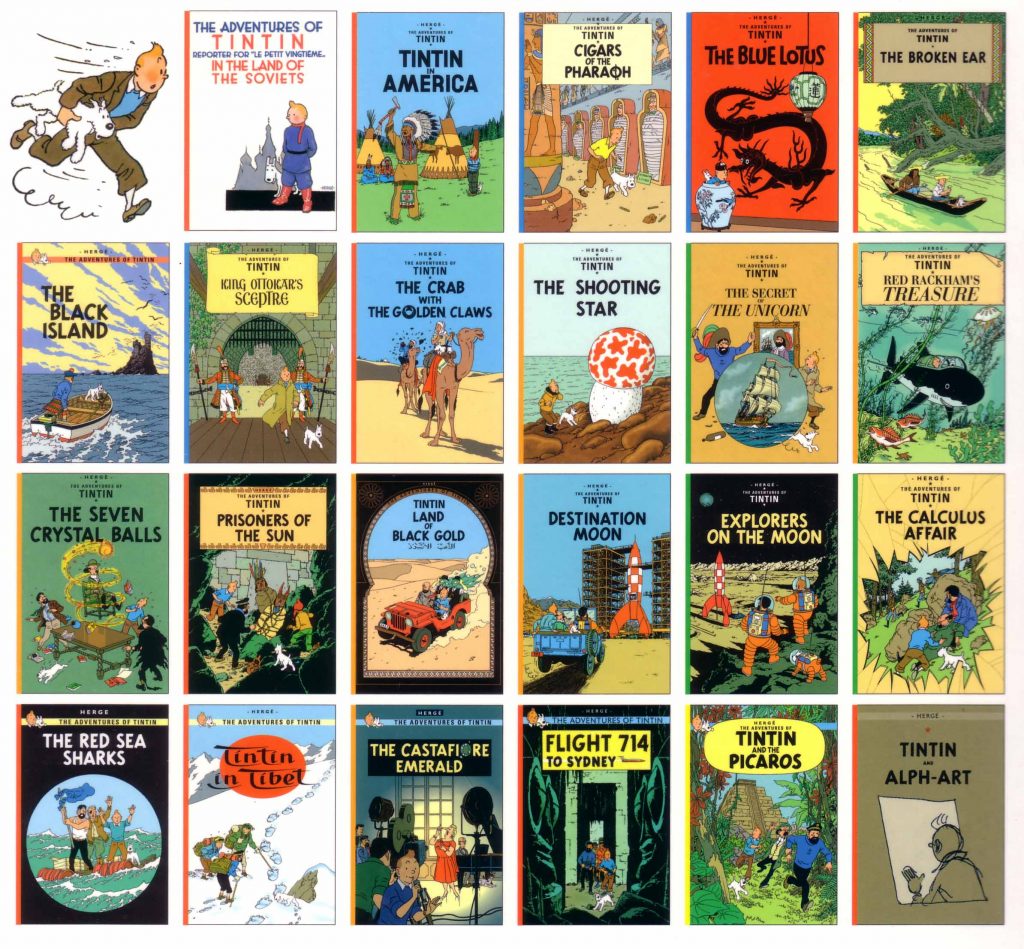
Hergé passed away in 1983, leaving one adventure incomplete.
The Animated Series
In 1991, French animation studio Ellipse and Canadian studio Nelvana collaborated to adapt nearly all of the Tintin adventures into half-hour, two-part shows.
Such care and love for the published adventures was shown in the fact that the animators chose to adapt some frames directly from the books to the screen.
The animation is a little choppy, in my opinion. Yet the voice-acting, the scoring, and the editing all combine to make these adventures truly as exciting and engrossing as the original publications. I highly recommend them.
The Adventures Of Tintin: The Secret Of The Unicorn
Director Steven Spielberg became a fan of the Tintin series in the early 1980’s and optioned the rights to a feature film. A meeting between Spielberg, his partner at Amblin Entertainment, Kathleen Kennedy, and Hergé was scheduled, however Hergé passed away just days before it occurred. Hergé’s widow was the one to agree to allow the rights to Spielberg.
Development Hell ensued and the rights passed back to Hergé’s estate. It would be over twenty years before Spielberg’s own studio, DreamWorks, reacquired the rights and he began developing the story and the look of the movie with Peter Jackson.
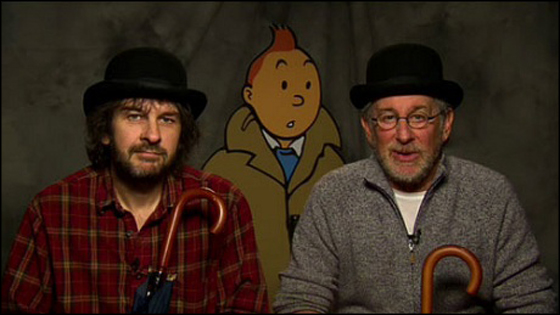
I’ll not go into a review of the movie, which I somewhat disliked, but the reason I began researching and writing this article is that there’s been an update from Spielberg himself on the sequel:
“PETER JACKSON HAS TO DO THE SECOND PART. NORMALLY, IF ALL GOES WELL, HE WILL SOON START WORKING ON THE SCRIPT. AS IT TAKES TWO YEARS OF ANIMATION WORK ON THE FILM, I WOULDN’T EXPECT TO SEE IT BE RELEASED FOR AT LEAST ANOTHER THREE YEARS. BUT PETER WILL STICK WITH IT. TINTIN IS NOT DEAD!”
I suppose this is what happens when directors have too much time and money on their hands, and a property isn’t a huge moneymaker. Will movie-goers still care about Tintin in 2021? I myself am looking forward to it.
The Well Is Not Dry
Unofficial talk and rumors suggest that the next movie may be based on the connected books The Seven Crystal Balls and Prisoners of the Sun, however nothing official has been confirmed.
Nevertheless, the wellspring of inspiration that is the published works is barely touched in feature-film form, and potential sequels are there for the filming.
[raises a shot of Loch Lomond whiskey] Here’s hoping.
Adios, amigos y amiguitas!
HTR

